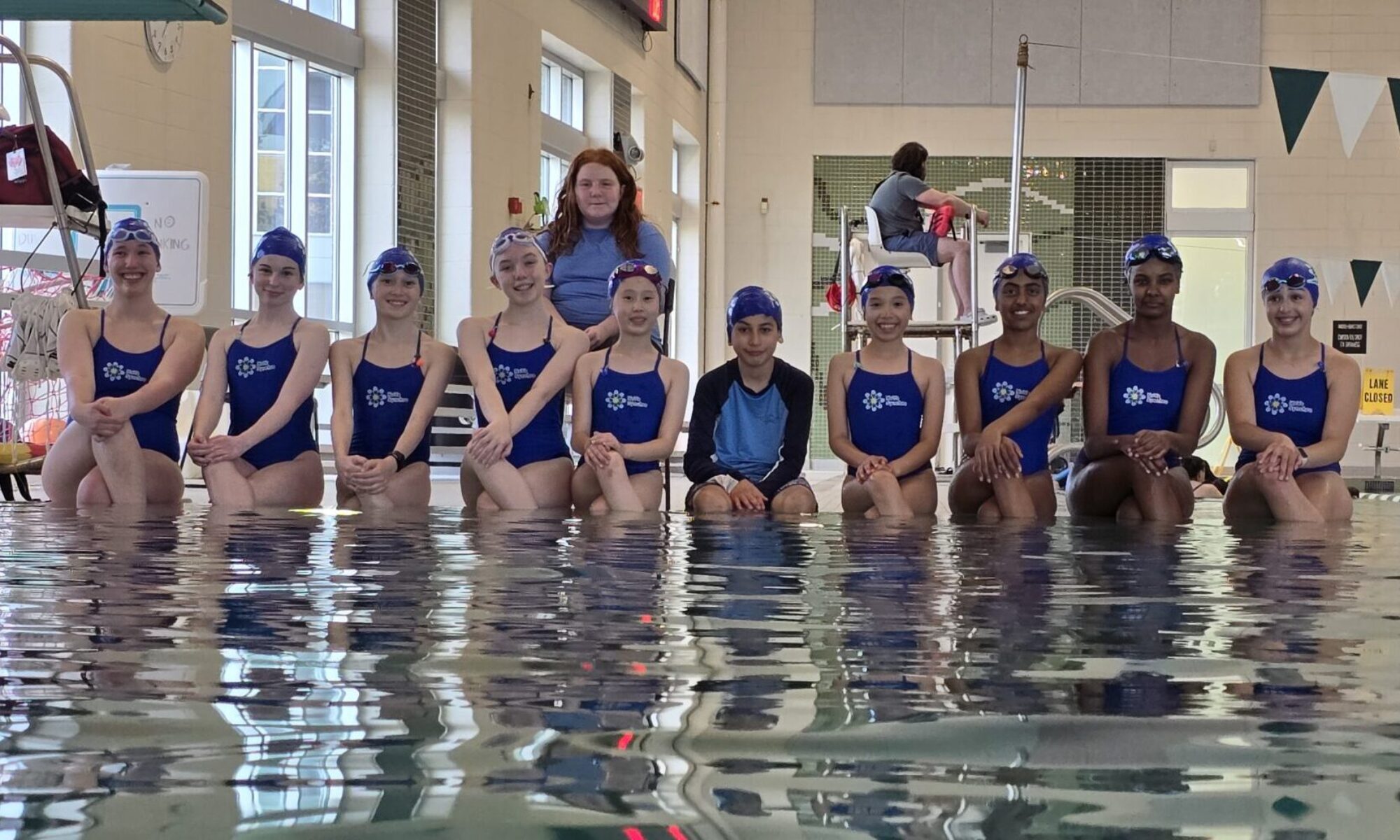What is Artistic Swimming?
Synchronized Swimming. Water Ballet. Artistic Swimming. While it’s a sport which has gone by many names over the decades, the core tenants remain. Artistic Swimming is a beautiful, competitive athletic sport which involves elements of dance, swimming, and gymnastics and competes at the highest levels. Artistic Swimming is fundamentally a team sport, requiring coordination, planning and cooperation of multiple athletes moving in – you guessed it – synchronized unison.

